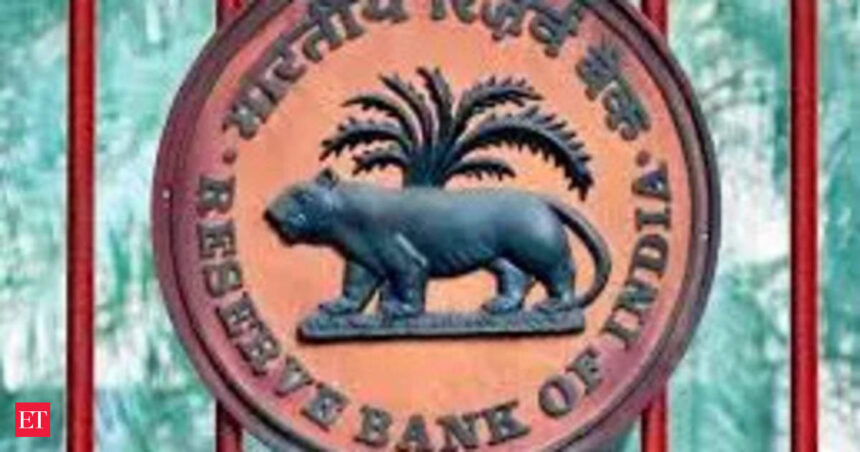Several major banks will need to adjust their business models in order to comply with a recent proposal from the Reserve Bank of India (RBI). The proposal, once implemented, is expected to impact the valuations of parent banks and their financial services subsidiaries, according to auditors.
The core of the guidelines is the RBI’s belief that activities like deposit mobilization and lending should be housed within a bank rather than its subsidiaries. There should also be no overlap in business activities between a bank and its subsidiaries.
Auditors believe that these guidelines could affect the valuation of HDB Finance, which is preparing for an IPO. Much of its lending services overlap with those of its parent company, HDFC Bank. Additionally, the guidelines may impact several entities linked to Kotak Mahindra Bank, as they provide similar types of loans that overlap with those offered by the parent bank.
The RBI is aiming to prevent banks from using step-down entities to bypass regulations that do not apply to them. This could result in some subsidiaries transforming into direct selling agents of the bank, according to a senior bank official. Banks have until November 20 to provide feedback on the draft guidelines.
Examples of overlapping business activities include banks like ICICI Bank, Punjab National Bank, Canara Bank, and Central Bank of India, which all offer home loans through subsidiaries. After the guidelines are enforced, home loan products are likely to be managed by the banks themselves rather than their subsidiaries, as the RBI prefers lending activities to be conducted by the bank.
There are also several non-banking finance company (NBFC) subsidiaries of major banks that provide overlapping products. For example, HDB Finance and its parent bank offer gold loans, two-wheeler loans, and personal loans. Axis Finance, a subsidiary of Axis Bank, offers loans to small entrepreneurs as well as loans against property, home loans, and personal loans.
Overall, the guidelines are set to reshape the business structures of many banks and their subsidiaries as they strive to comply with the RBI’s regulations.










